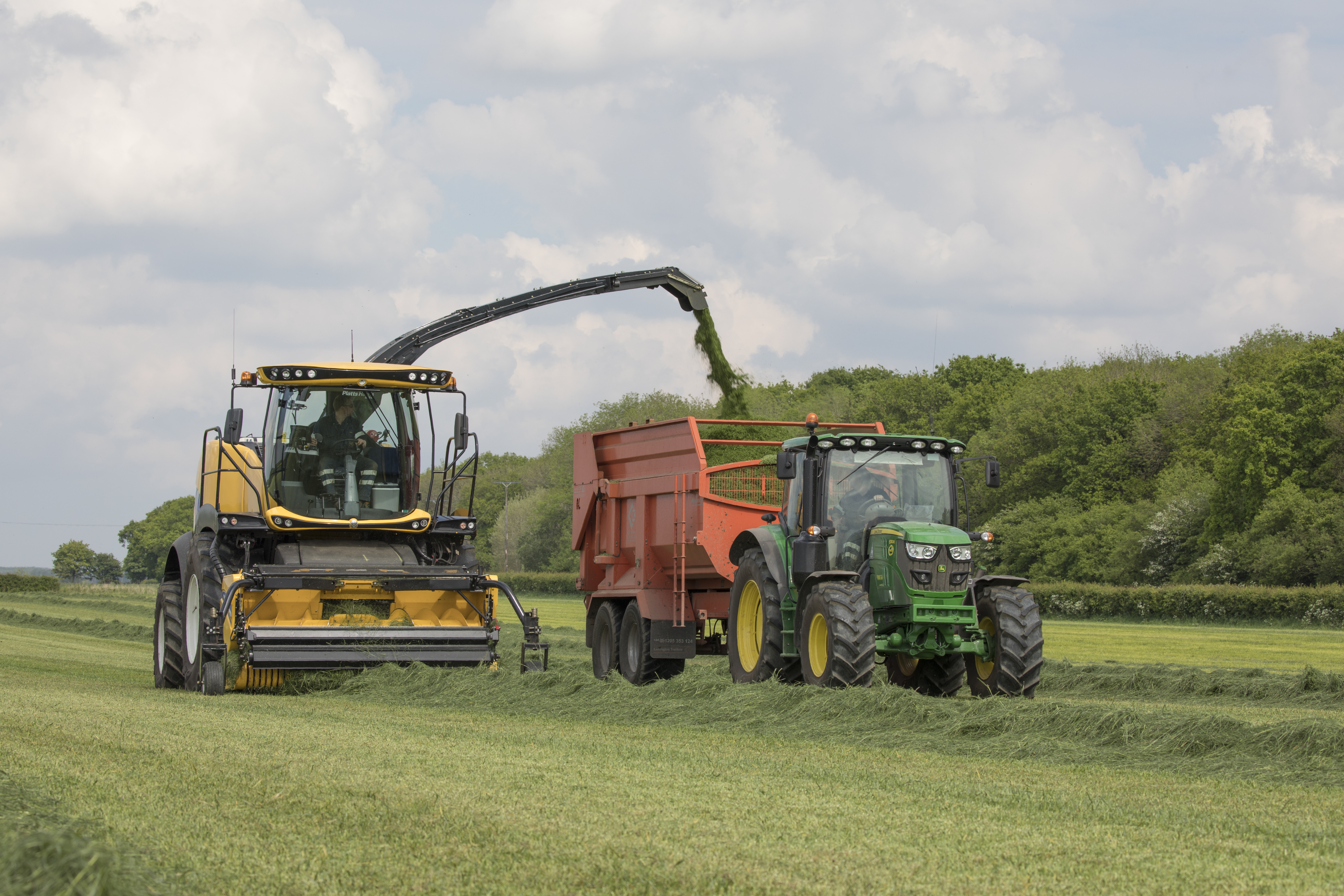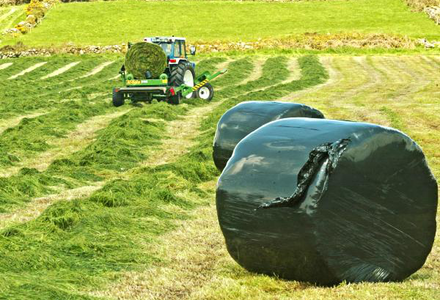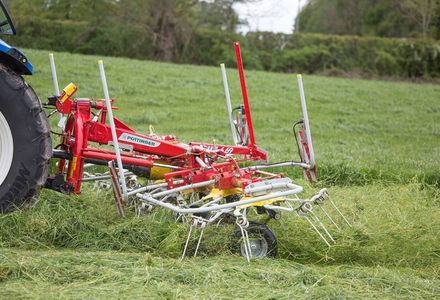Should I wilt?
Wilting has a number of advantages and should be attempted, but only if conditions permit.

- It raises the dry matter of the material which means that less water needs to be transported from field to clamp, speeding up that stage of the harvesting process and reducing the size of clamp required.
- Effluent is reduced, almost completely above 30% DM, especially important now that regulations have been tightened.
- Wilting reduces the amount of fermentation required to produce a stable silage so less sugars are required.
- It reduces overall protein breakdown.
- It reduces the chances of a poor fermentation as some of the microorganisms responsible for bad silage will not survive in higher dry matter silages.
- Wilting increases intakes but production will not necessarily increase by as much.
There are also some potential negatives associated with wilting:
- Higher DM silages are more susceptible to aerobic spoilage
- Making it requires more labour and equipment
If it looks like wet weather is on the way it is better not to try to wilt but to ensile rapidly whilst conditions are dry. Otherwise you risk having to leave the grass lying in the field for an unknown period, deteriorating all the time. If you delay cutting to wait for a better spell of weather the ‘D value may have fallen significantly by the time you have another opportunity.

